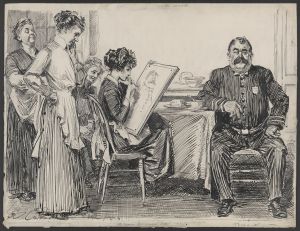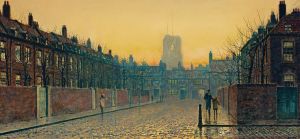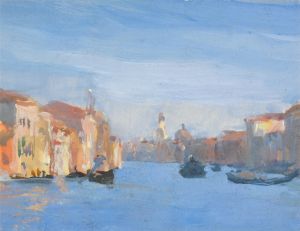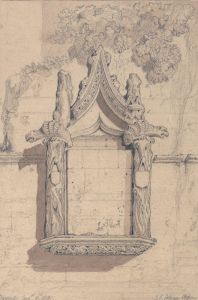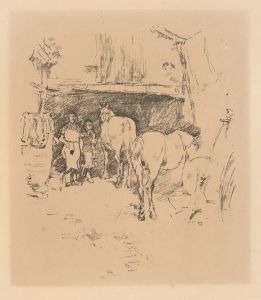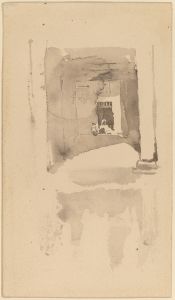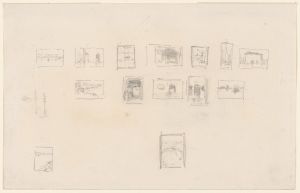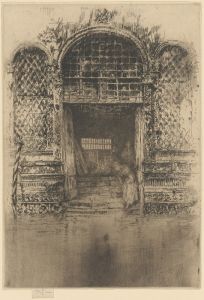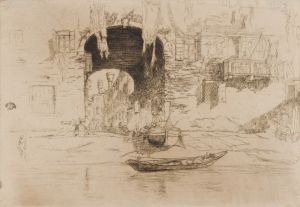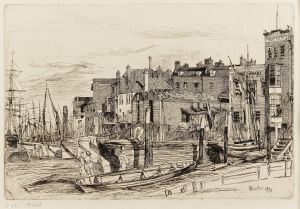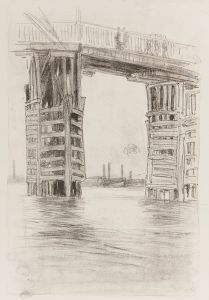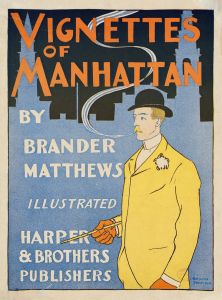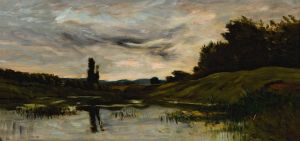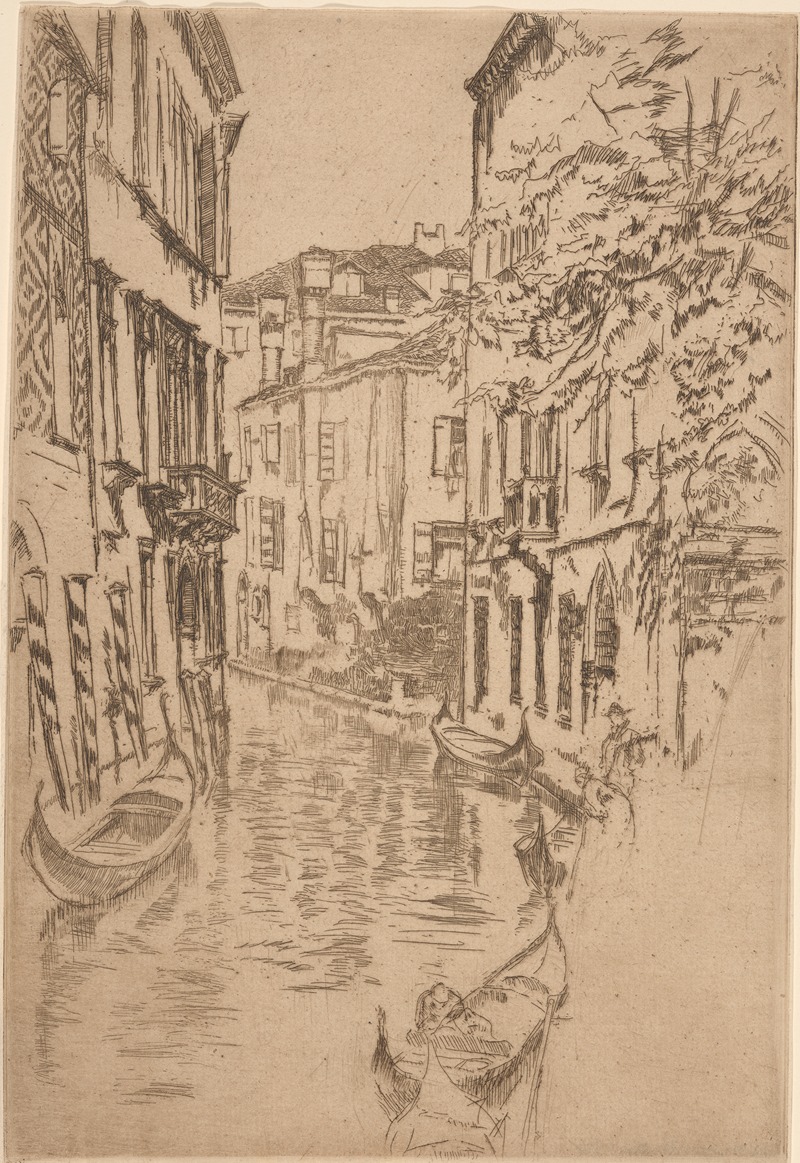
Quiet canal
A hand-painted replica of James Abbott McNeill Whistler’s masterpiece Quiet canal, meticulously crafted by professional artists to capture the true essence of the original. Each piece is created with museum-quality canvas and rare mineral pigments, carefully painted by experienced artists with delicate brushstrokes and rich, layered colors to perfectly recreate the texture of the original artwork. Unlike machine-printed reproductions, this hand-painted version brings the painting to life, infused with the artist’s emotions and skill in every stroke. Whether for personal collection or home decoration, it instantly elevates the artistic atmosphere of any space.
James Abbott McNeill Whistler was an American artist known for his significant contributions to the art world during the late 19th century. He was a proponent of the Aesthetic Movement, which emphasized art for art's sake, and he is best known for his paintings, etchings, and lithographs. One of his notable works is "Quiet Canal," an etching that exemplifies his mastery in capturing the serene and atmospheric qualities of his subjects.
"Quiet Canal" is part of Whistler's Venice etchings, a series he created during his stay in Venice from 1879 to 1880. This period was particularly productive for Whistler, as he produced a substantial body of work that captured the unique beauty and ambiance of the Venetian landscape. The etchings from this series are celebrated for their delicate lines and the way they convey the tranquil and mysterious essence of Venice.
In "Quiet Canal," Whistler employs his characteristic style of subtlety and restraint. The etching depicts a serene canal scene, likely inspired by the quiet, less-traveled waterways of Venice. Whistler's use of line is both precise and expressive, allowing him to convey the reflective quality of the water and the architectural details of the surrounding buildings with remarkable clarity. The composition is carefully balanced, drawing the viewer's eye into the depth of the scene and inviting them to explore the quiet beauty of the canal.
Whistler's Venice etchings, including "Quiet Canal," were well-received by critics and collectors alike. They were praised for their innovative approach to capturing the spirit of Venice, moving away from the more traditional, picturesque depictions of the city. Instead, Whistler focused on the mood and atmosphere, using his etchings to evoke a sense of place that was both intimate and evocative.
The etching technique used by Whistler in "Quiet Canal" involves drawing on a metal plate with a needle, which is then treated with acid to create grooves that hold ink. This process allows for a high level of detail and subtle gradations of tone, which Whistler expertly utilized to achieve the delicate interplay of light and shadow in his work. His ability to capture the ephemeral qualities of light and atmosphere is a hallmark of his style and is evident in this etching.
Whistler's work in Venice marked a significant period in his career, as it allowed him to refine his etching technique and explore new artistic directions. The Venice etchings, including "Quiet Canal," are considered some of his finest works and continue to be highly regarded in the art world. They reflect Whistler's dedication to his craft and his ability to convey the beauty of the world around him through his unique artistic vision.
Today, "Quiet Canal" and other etchings from Whistler's Venice series are held in various museum collections and continue to be studied and appreciated for their artistic and historical significance. Whistler's influence on the art world remains profound, and his works continue to inspire artists and art enthusiasts alike.





